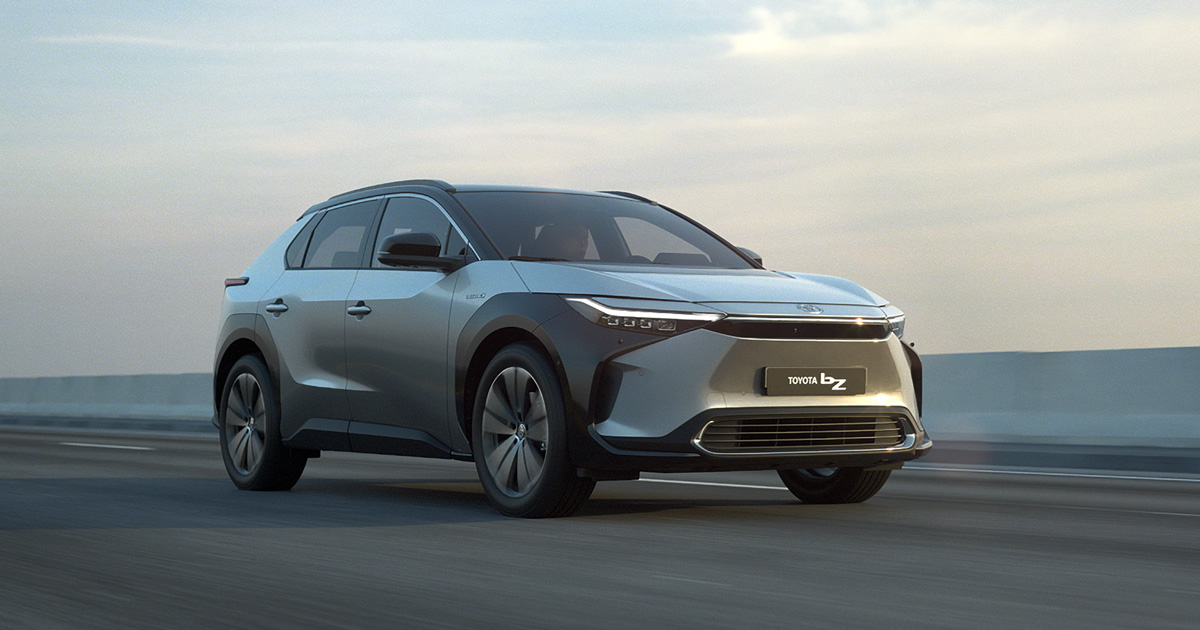I have some unfortunate info on SSBs from a TMEC EV engineer. SSB in EVs will unlikely happen before 2030, and this is true for every manufacturer. The main issue is still electrode material degradation (for deep cycle) which still hasn't been resolved even at lab scale (but they say it's getting close). The 2025 SSB Toyota is trying to mass produce will be for HEVs only. This is because HEV have very shallow cycles so durability is less of a problem.
IMO this is bound to happen. We see the industry is now refocusing on improving safety and durability of current battery chemistry (712 or 811) and trying new packaging methods such as cell-to-pack (CTP) and cell-to-chassis (CTC). There are still lots of low hanging fruit so we don't need SSBs yet to get another 50% gains in range. And more interest is on low-cost but lower-performance solutions like Na-ion and improved LFP.
I think after half a decade of overhyped progress at breakneck speed, we will enter a period when incremental gains are made towards more practical and profitable EVs for the masses instead of numbers chasing. And that is a good thing because we need the supply chain to catch up. SSBs will use twice as much lithium per cell. The global supply chain is too fragile for a surge in Li demand. Progressing too quickly just put EVs further from economy feasibility.
I find the SSB hype similar to autonomous driving. Remember back in 2019 everyone says L4 is only 2 years away? Now it's almost 2022 and the only true L3-capable car in the world is the Honda Legend (forget about Tesla and Audi A8, they are not even close to real L3).
Those 'SSB' already in production are half solid-state batteries. In this design only half of the electrodes are in contact with liquid electrolytes while the other half is dry type. Half solid-state batteries still have 20-30% extra energy density over NCM811 but the cost may not justify use in mass market EVs and will likely for high-end models but mostly drones.
30 min to charge 90 kWh battery from 10% to 80% at 150 kW, is not possible I think.
The actual SoC charged is only 60-65% of the 90kWh. So it's not impossible if the onboard charging system is very efficient.


